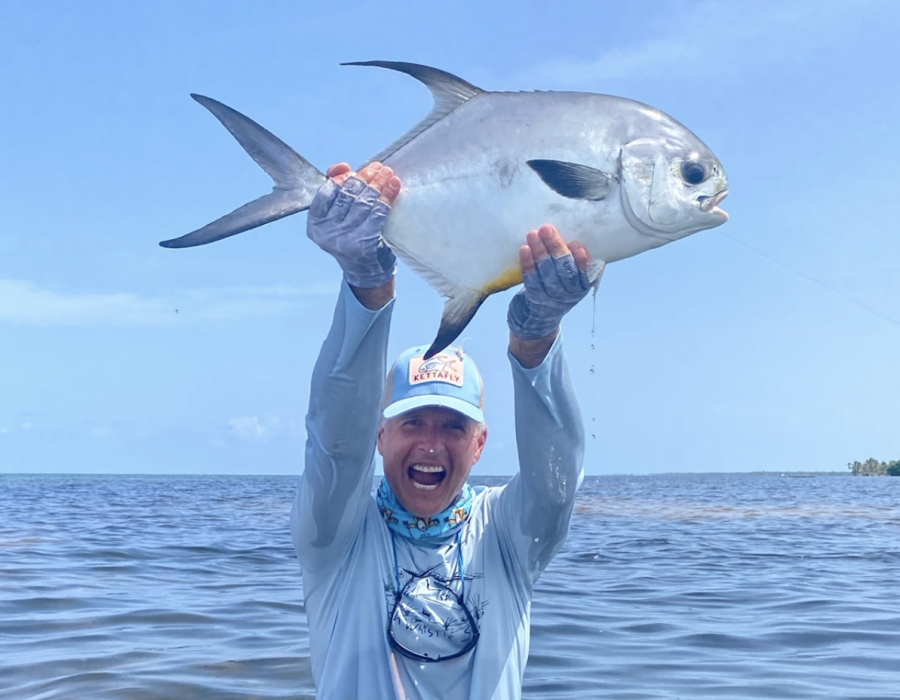Understanding the Permit
Permits are a prized catch in the world of saltwater fly fishing. They inhabit the warm waters of the Atlantic Ocean, the Caribbean Sea, and the Gulf of Mexico. Recognizable by their round, silver bodies and distinct black dorsal fins, permits can grow up to 40 inches in length and weigh as much as 50 pounds. Their strength, speed, and wariness make them a formidable adversary for anglers.
Essential Gear for Permit Fly Fishing
To successfully target permit, having the right gear is crucial. Here’s a breakdown of the essential equipment:
Fly Rod and Reel: A 9-weight or 10-weight fly rod is ideal for permit fishing. These rods offer the power needed to cast in windy conditions and the backbone to handle a strong fish. Pair this with a high-quality reel equipped with a strong drag system to manage the powerful runs of a hooked permit.
Fly Line: A floating line is generally preferred for permit fishing, Book a Fly Fishing Trip allowing for accurate casts and effective presentations. Some anglers opt for an intermediate line in deeper waters.
Flies: Crab patterns are the most effective flies for permit, as these fish primarily feed on crabs. Popular patterns include the Merkin Crab, Raghead Crab, and Bauer Crab. It’s essential to carry a variety of sizes and colors to match the local crab population.
Leader and Tippet: A fluorocarbon leader, typically 10 to 12 feet in length, is recommended for its invisibility in the water. Use a tippet with a breaking strength of 16 to 20 pounds to withstand the permit’s powerful runs.
Techniques and Strategies
Permit fly fishing requires patience, precision, and a keen understanding of fish behavior. Here are some key techniques and strategies:
Sight Fishing: Spotting the fish before casting is critical. Use polarized sunglasses to reduce glare and improve visibility. Look for signs of permit, such as tailing (when the fish's tail breaks the surface as it feeds) or subtle movements in the water.
Casting: Accurate casting is essential. Practice delivering your fly quickly and accurately to moving fish. Aim for a gentle presentation to avoid spooking the permit.
Retrieve: Once your fly is in the water, use a slow, steady retrieve to mimic the movement of a crab. Pay attention to the fish’s behavior; if a permit follows your fly but doesn’t strike, vary your retrieve or switch to a different fly pattern.
Setting the Hook: When a permit takes your fly, avoid the instinct to set the hook immediately. Allow the fish to fully take the fly into its mouth before applying steady pressure to set the hook.
The Experience
Permit fly fishing is more than just a sport; it’s an experience that connects you with nature in a profound way. The thrill of stalking these elusive fish in their natural habitat, the satisfaction of a well-placed cast, and the adrenaline rush of a hard-fought battle all contribute to the allure of permit fishing.
Whether you’re wading the flats of the Florida Keys or exploring the remote atolls of the Bahamas, the pursuit of permit offers endless challenges and rewards. Each encounter with a permit is a test of skill, patience, and perseverance, making every catch a memorable achievement.






Comments